The Citizen Newspaper Editorial Board, published September 3, 2020
All around the nation over the past few months, millions of people have marched and demonstrated in support of the Black Lives Matter movement. Not long after those demonstrations began, another public demonstration began — marches and rallies in support of law enforcement.
Many of these events are being framed, if not by organizers then by many participants, as being diametrically opposed to each other. There's an implication that you can't possibly stand up to say "Black Lives Matter" if you also feel compelled to "Back the Blue."
And that's a huge part of why tensions remain so high all over the United States. There has been far too little work aimed at building understanding of each other as people, and searching for common ground upon which to establish a foundation for fundamental social justice reforms.
Fortunately for people in Auburn and Cayuga County, we've seen the exact opposite approach. While people standing up for social justice issues and law enforcement still have much work to do, leaders have been coming together with a true purpose.
Auburn law enforcement, social justice leaders connect at event
An excellent example of a small but deeply meaningful effort took place last week when law enforcement and social justice leaders got together for a "speed dating" type of event in Auburn in which everyone spent time talking to each other about their lives. It wasn't a debate on what's going in city hall, Albany or Washington. It was just a chance to get to know others as people.
Bill Berry Jr., event host and chair of the Harriet Tubman Center for Justice and Peace, explained the purpose well in a post on the center's website:
"Build community where different opinions could be heard, valued, and respected; where everyone recognizes that compromise is a stance to achieve in order to reach an agreed upon end game of true partnership and cooperation."
This philosophy, part of what the Tubman Center calls the "Auburn Cayuga Approach," takes a lot of hard work to put into action. And we all should be proud and grateful to have community leaders willing to do that work.
But it also takes the rest of the community to achieve meaningful and lasting progress. To that end, Berry and the Tubman Center are encouraging everyone to consider organizing similar "getting to know you" type of events.
We'd love to see these happen all over the city and county, and perhaps it can be an inspiration beyond our borders for other communities to start moving past divisions so they can start righting some long-standing wrongs.
The Citizen editorial board includes publisher Michelle Bowers, executive editor Jeremy Boyer and managing editor Mike Dowd.
Auburn law enforcement, social justice leaders connect at event
David Wilcox, Features Editor, The Citizen Newspaper, published
September 3, 2020
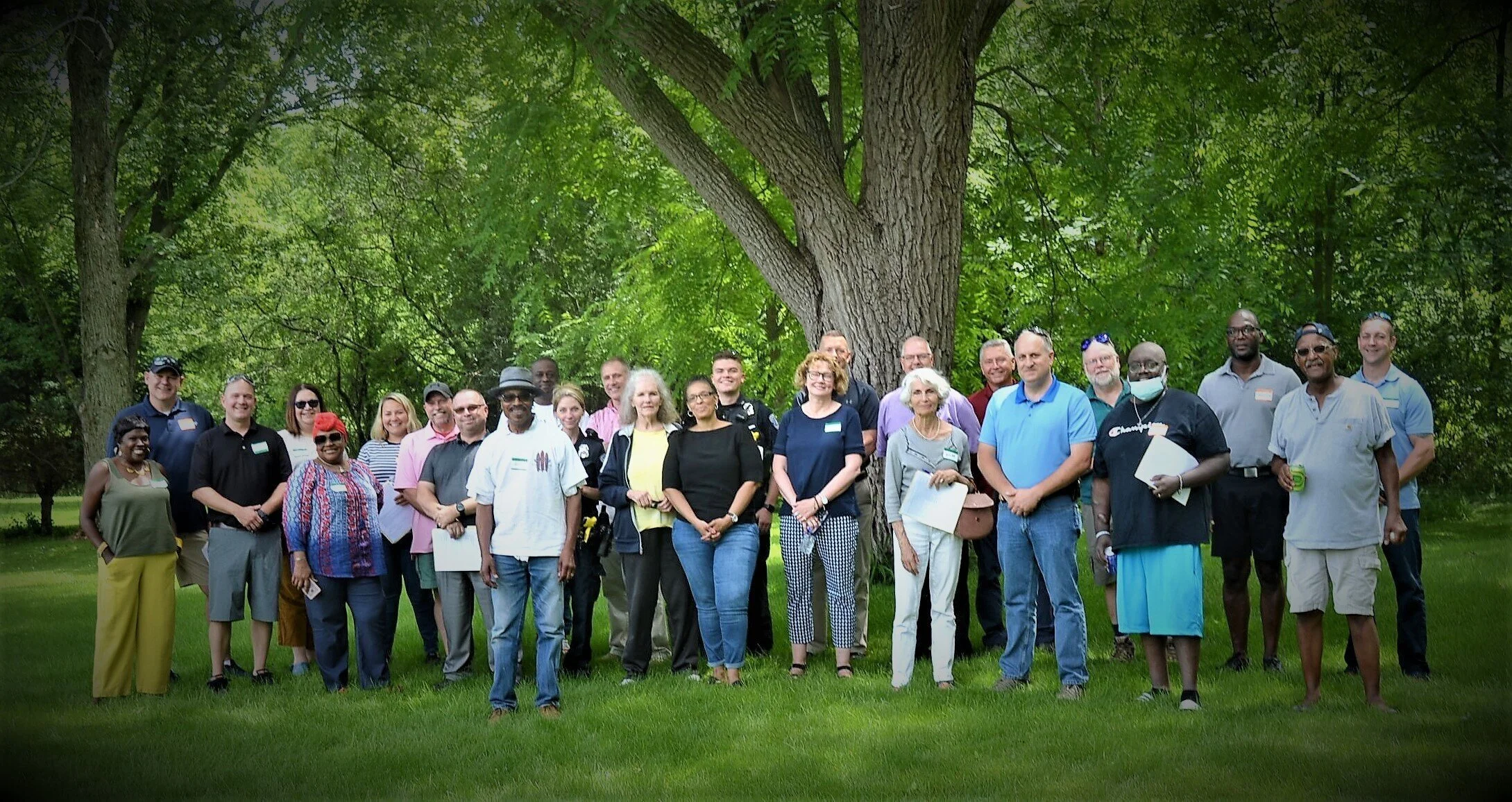




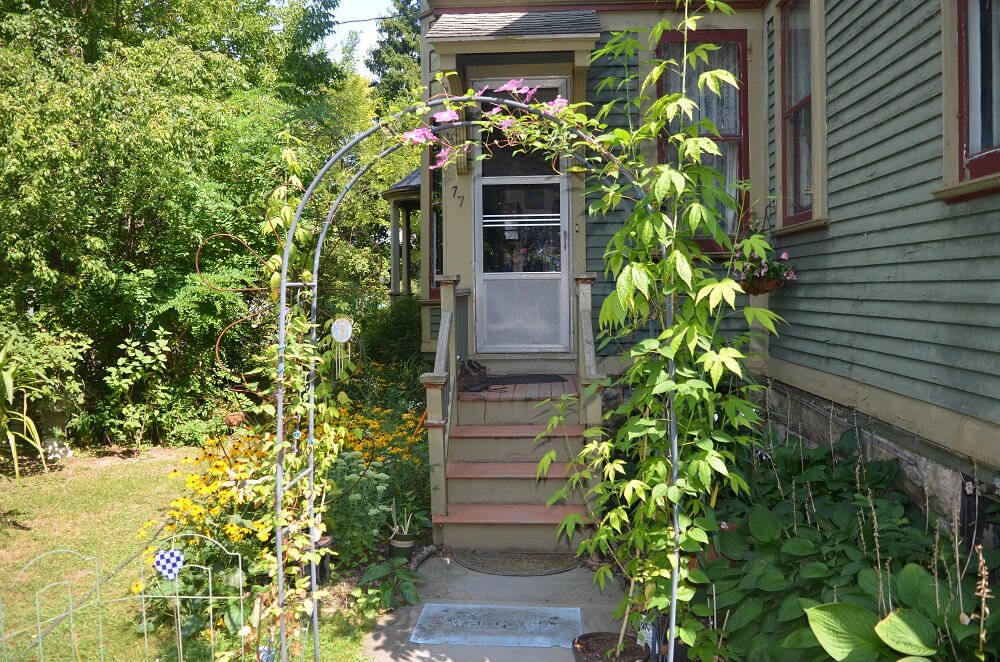
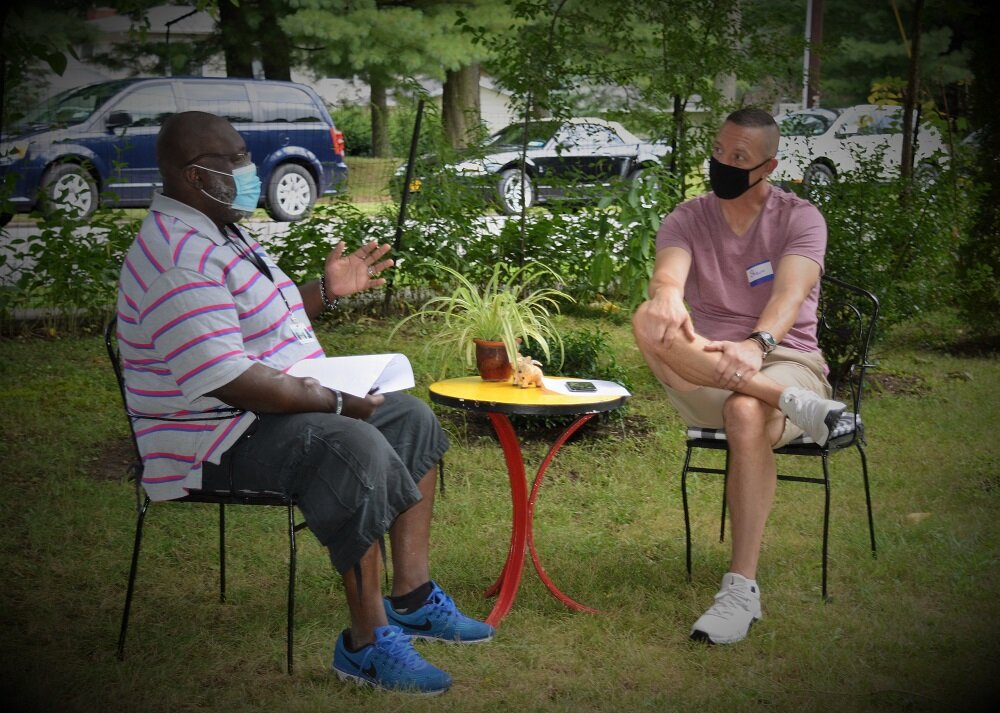









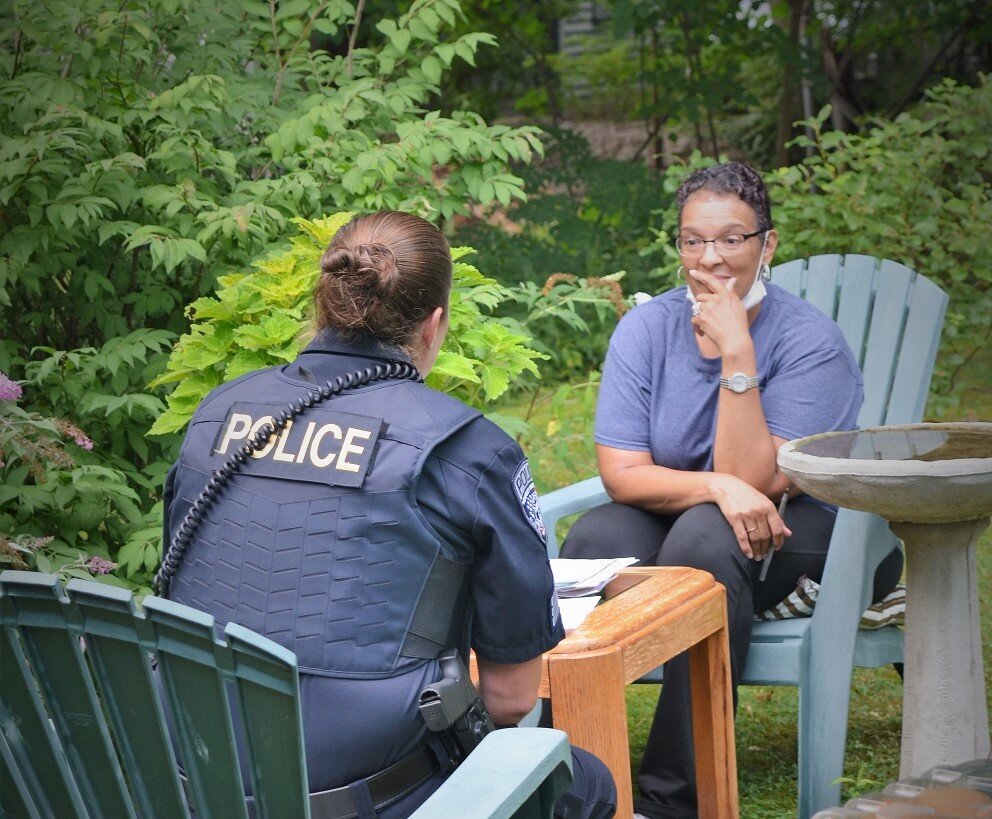
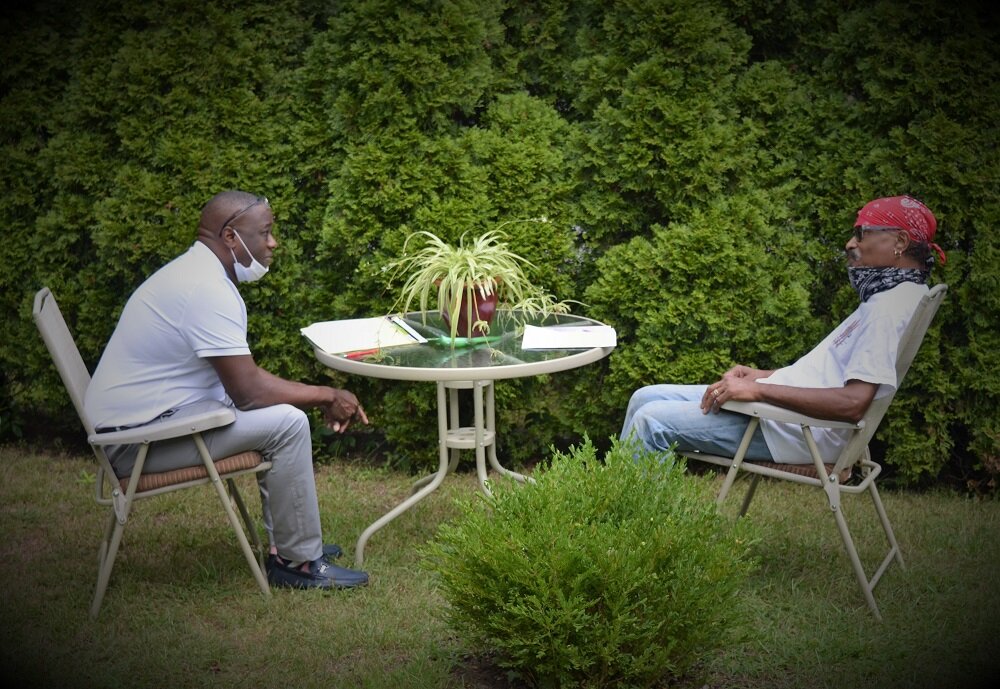






















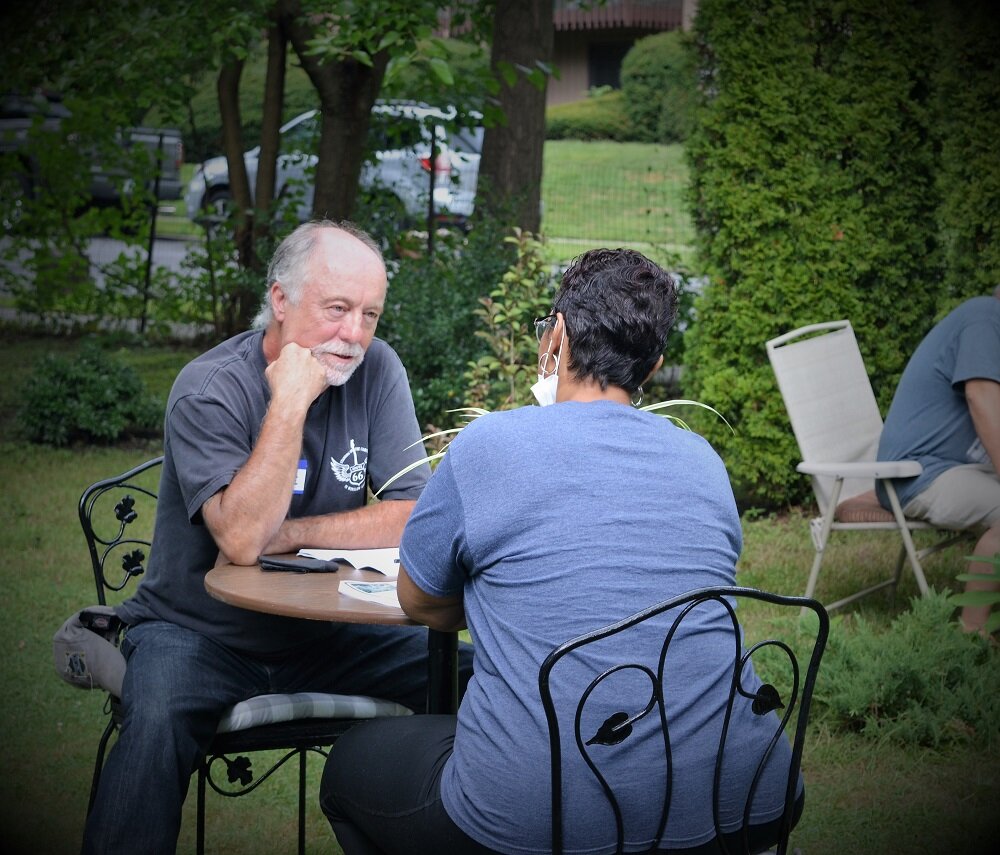

























![[Left to Right] Chief Joe Morabito, Auburn Fire Department, Jack Hardy, Chair, Auburn Civil Service Commission, Deputy Chief, Roger Anthony, Auburn Police Department, and Lieutenant, James Slayton, Auburn Police Department. Photo taken at the “Conne…](https://images.squarespace-cdn.com/content/v1/5e31ab36a185506f51f4aa69/1598741709627-TIFS6PM7NLW1AQVNFHOU/Building+Bridges+BTW+12+3+2019.jpg)
























